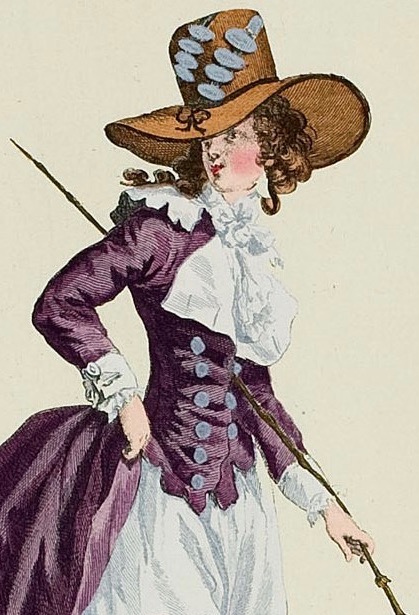The Augusta Stays: Tester Makes!
I always get a bit gushy about how amazing the pattern testers for Scroop Patterns are (with good reason), but the testers for the Augusta Stays deserve an extra round of credit. The Augusta Stays are by far the most ambitious pattern I’ve ever attempted, and they took Virgil’s Fine Goods and I easily 4x as long as any other pattern. An ambitious pattern for the maker means an ambitious pattern for testers. Stays are no small undertaking at any time. We’re incredibly grateful for the wonderful sewers who were willing to check a new pattern, and to work with it when it still had rough bits to be smoothed off. Thanks to the testers, the Augusta Stays are a much better pattern. Their input helped us to refine the fit of the stays, and make the instructions clearer and easier to use. And the testers made some beautiful stays. I’m very envious of all of them! They are a little different than the final pattern that we released. Some of the testers tried slightly …



